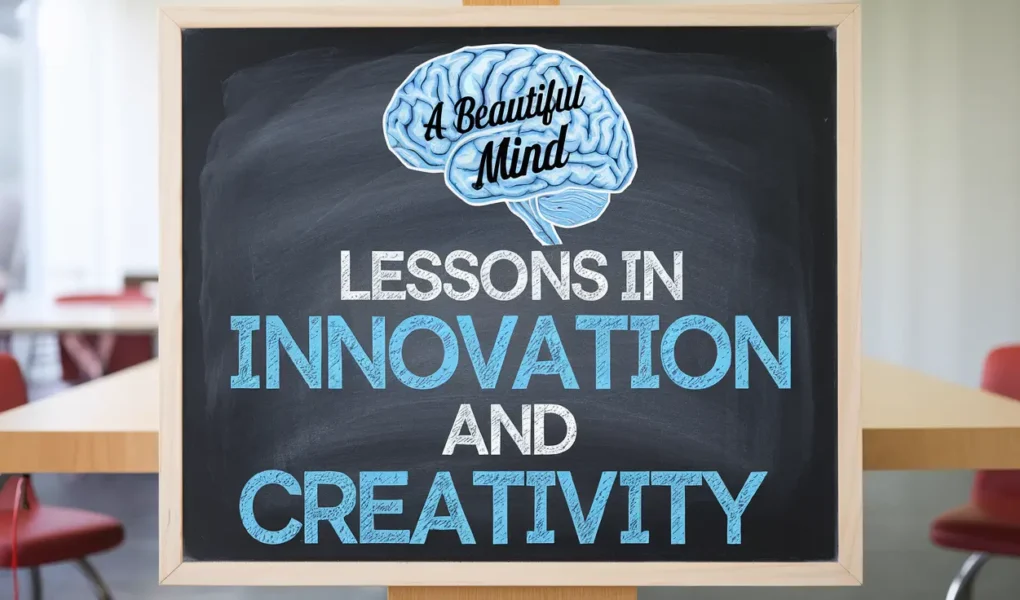John Nash, the brilliant mind behind “A Beautiful Mind,” left a lasting legacy. His groundbreaking work in mathematics and game theory reshaped how we view problem-solving and collaboration. Nash’s story teaches us invaluable lessons about innovation and creativity.
The Power of Perseverance
Nash faced numerous obstacles throughout his career. Despite struggles with schizophrenia, he continued to work on complex problems. His determination shows that persistence is key to innovation. Even in the face of adversity, great ideas can flourish.
Thinking Beyond the Obvious
Nash’s approach to problem-solving involved thinking differently. He challenged traditional ideas and sought new perspectives. Creativity often requires stepping outside the norm. Thinking beyond the obvious can lead to groundbreaking discoveries.
Collaboration Over Competition
Nash’s equilibrium theory revolutionized economics. It demonstrated how collaboration, rather than competition, benefits all parties. This lesson applies to innovation. Working together fosters creativity and leads to better outcomes.
The Importance of Curiosity
Nash’s curiosity drove his achievements. He explored questions others overlooked. Innovation begins with curiosity. Asking “What if?” or “Why not?” opens the door to new possibilities.
Balancing Logic and Imagination
Nash excelled at blending logic with imagination. He used mathematical rigor to explore creative ideas. This balance is crucial for innovation. Logical frameworks provide structure, while imagination fuels breakthroughs.
Learning from Failure
Nash encountered setbacks in his career. Yet, he viewed failure as an opportunity to learn. Innovation often involves trial and error. Embracing failure as part of the process encourages growth and resilience.
The Role of Passion
Passion fueled Nash’s work. He pursued his interests with unwavering focus. Passion drives creativity. When you care deeply about a subject, you’re more likely to innovate.
Seeing Connections Others Miss
Nash’s genius lay in his ability to see connections between seemingly unrelated concepts. Creativity thrives on connecting the dots. Spotting patterns others miss can lead to transformative ideas.
The Value of Independent Thinking
Nash often worked alone, developing his ideas independently. While collaboration is valuable, independence fosters originality. Taking time to think deeply allows unique ideas to emerge.
Staying Open to Change
Nash adapted his theories over time. He remained open to new insights and perspectives. Flexibility is vital for creativity. Being open to change allows ideas to evolve and improve.
Overcoming Mental Barriers
Nash’s story highlights the power of overcoming internal struggles. Mental barriers, like self-doubt, can hinder creativity. Recognizing and addressing these challenges unlocks potential.
Nurturing an Innovative Mindset
Nash’s life exemplifies an innovative mindset. He stayed curious, persevered through difficulties, and embraced unconventional thinking. Developing an innovative mindset involves cultivating these habits daily.
Applying Nash’s Lessons Today
Nash’s lessons resonate in today’s world. In business, education, and technology, his principles guide innovation. Applying these lessons fosters creative solutions to complex problems.
Conclusion
John Nash’s life and work offer timeless lessons in innovation and creativity. His perseverance, curiosity, and unique perspective changed the world. By embracing these principles, we can unlock our creative potential and make meaningful contributions to society.




